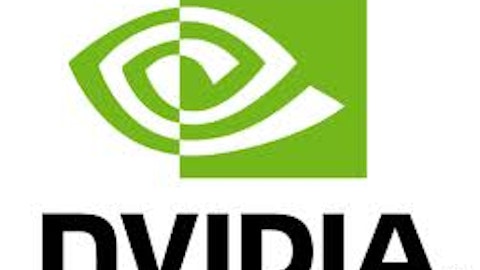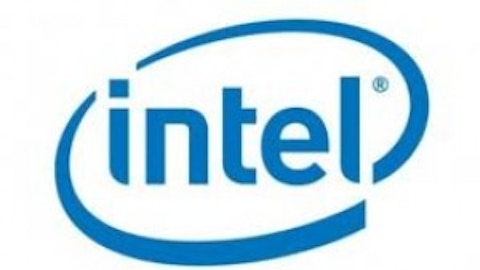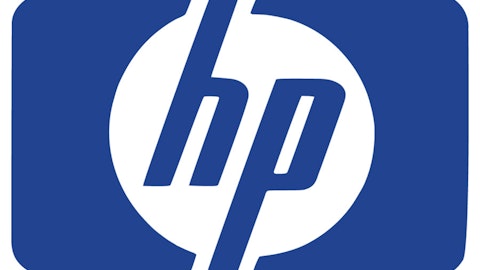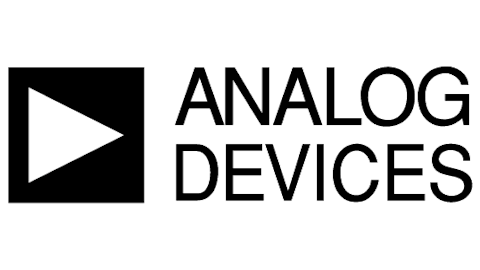Next consider that the “analog” market alone totaled $42 billion worldwide in 2011 and TI’s Analog segment received total sales of $6 billion for that year. With the advent of this technology, expect to see revenues climb. If you consider for a moment that if only a fraction of mobile technology manufactures wished to increase power consumption efficiency and reduce circuit board space in order to gain a marketing edge against its competitors, under current technology, they would have to turn to Texas Instruments.
According to Texas Instruments, this single-chip front-end power management unit can:
· Increase battery run time by 10 to 20%
· Lower PCB costs by up to 20%
· Reduce total solution size by 60%
· Control power to sub-systems
· Designed for all processors
The Competition
The single-chip, front-end power management unit (PMU) introduced by Texas Instruments is the industries “first.” Furthermore, Texas Instruments made a very smart move by removing one of its largest competitors by acquiring National Semiconductor back in 2011.
With this acquisition, Texas Instruments now has the largest sales and applications team in the world; by comparison, this team is three to four times larger than its closest competitor. Texas Instruments closest competitors are Applied Materials, Inc. (AMAT), General Electric Company (NYSE:GE), STMicroelectronics N.V. (ADR) (STM) and QUALCOMM, Inc. (NASDAQ:QCOM).
Currently, Texas Instruments is looking at two key competitors, that is QUALCOMM and STMicroelectronics. Here is a comparison:
As we can see, Qualcomm is by far the largest competitor that Texas Instruments is contending with; however, Qualcomm is in a run for its money as Texas Instruments is striking back hard to regain its place as the number one Smartphone CPU maker. With the advent of its two newest technologies, they may just do it.
Currently, the OMAP5 smartphone platform is the industry standard and Texas Instruments performed a bench mark test using their new ARM Cortex A15 cores against NVIDIA Corporation (NASDAQ:NVDA)’s Tegra 3 quad core. Texas Instruments was almost twice as fast. The other decisive factor, devices powered by OMAP5 start arriving on the market this quarter (first quarter 2013). Furthermore, while Texas Instruments is working hard at taking down Qualcomm and NVIDIA Corporation (NASDAQ:NVDA), it has further insulated its core business from both these competitors by shedding its wireless business, which only accounted for 3% of Texas Instruments business.
The Bottom Line
Texas Instruments is sitting on two new technologies; one of which is a first in the industry with absolutely no competition. However, with its stock price sitting at a strong resistance level, the smart money will look for a breakout over $35 per share as an indicator to go long on Texas Instruments, and it doesn’t hurt that Texas Instruments pays a hefty dividend rate of 2.51%.
The article 2 Overlooked Announcements You Can Capitalize On Now originally appeared on Fool.com and is written by Maxwell Fisher.
Copyright © 1995 – 2013 The Motley Fool, LLC. All rights reserved. The Motley Fool has a disclosure policy.




